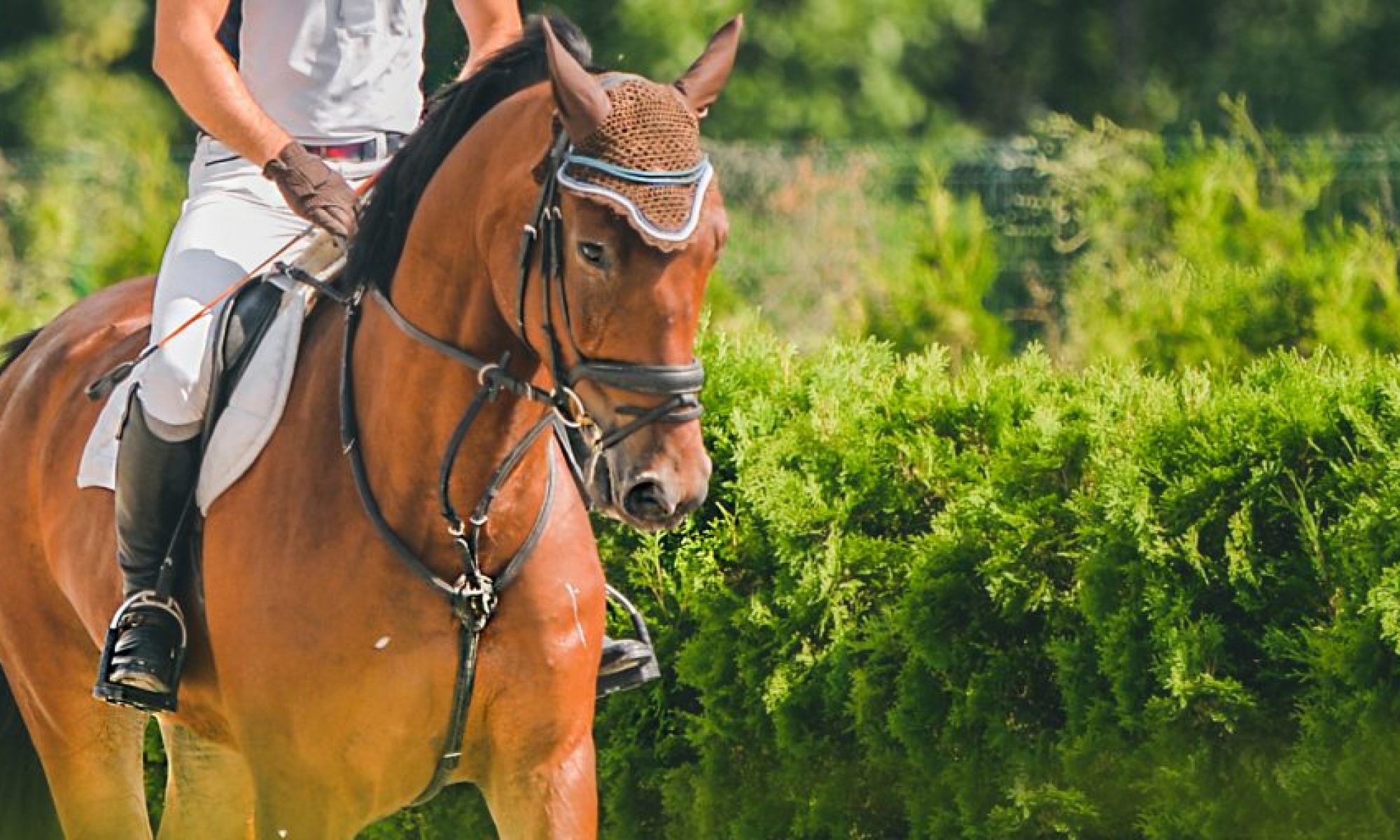“Come take a tour through candy’s history at one of the most unique candy stores you’ve ever seen. You’ll be introduced to the history of candy and learn how your favorite candies are made and packaged. You’ll walk through rooms with two-story ceilings decorated top to bottom, and one room covered entirely in candy!”
That was the pitch. And my son and I decided to check it out. It wasn’t exactly Willy Wonka’s Chocolate Factory—more like a candy museum and behind-the-scenes tour. But it was a fun (and delicious) way to spend a little time on a rainy Saturday, at the Bulk Candy Store in West Palm Beach, a family business run by brothers Brian and Ken Shenkman with their parents and various relatives. The tour starts and ends in the retail store of their building.
On this small-group tour, each attendee will receive candy samples and a 15% discount in the decadent two-room shop. There you’ll find bagged candies of every variety, different kinds of fudge, a long counter displaying 50 flavors of gourmet popcorn, a section of beautiful rock candy, a “Pez corner,” lots of bulk candy in primary colors, bins of every brand of candy you’ve ever heard of, including nostalgic treats from our youth, and a display case of store-made chocolates and other delicacies.
We started our tour back in time, in a room where the history of candy is colorfully illustrated, and our tour guide Ahnaca narrated a sweet trip to the beginnings of candy making, with lots of fun facts and fascinating stories. She started by describing how Egyptians back in the day made their sweets out of honey—“Nature’s natural candy”—and talked about how the bees work, following up with the offer of a taste of fresh honey made locally. We learned how some candies’ names came about, how certain ones changed their look, and which treats have been the most popular, among other interesting facts.
After discussion of the history of candy and all its fascinating flavors, a black curtain gets opened and the group enters the next room of the tour. This second room includes a replica of a candy-making conveyor belt and a video showing and telling how different candies are created. We got to learn about the chromatic steps in producing multicolored Gummy Worms!
The next curtain leads to a room that’s all about the manufacturing and packaging of some of our favorite candies. We saw replicas of a factory’s machinery, watched a video showing the processes, and listened to Ahnaca tell us some surprising facts. After that, we were shown their “Wrappers from Around the World” wall, with candy wrappers from all corners of the planet, and we learned which ones are a big hit in certain countries, such as Turkish Delight, Lacta Big Time, Dorina Riza (and Keks), Mikado chocolate as well as Icelandic chocolate, Mani Moto, Aero Truffle Tiramisu, and Mokba. We also found out about the many different flavors of Mentos around the world, including in China and Japan.
Throughout the rest of our tour, we saw walls with candy art decked out from floor to ceiling; a section with Pez dispensers of all sizes and kinds; a fun display about Willy Wonka; and lots of giant stuffed M&Ms lounging around. In the last room, each tour attendee can get a plastic bag and fill it up with Tootsie Rolls, Gummy Worms, and Hershey’s Kisses of varied flavors (my favorite was sugar cookie), among other candies. Then we were released back into the shop, where we used our discount to buy lots of delectable treats. Sweet!
The Bulk Candy Store is located at 235 N. Jog Road, West Palm Beach. Cost for a tour is $12.95 for age 13 and over, $8.95 for kids, and free for 3 and under. Tours are available weekdays and Saturdays, and reservations are required (at bulkcandystore.com/tours). To book a tour same day, call (561) 540-1600.














